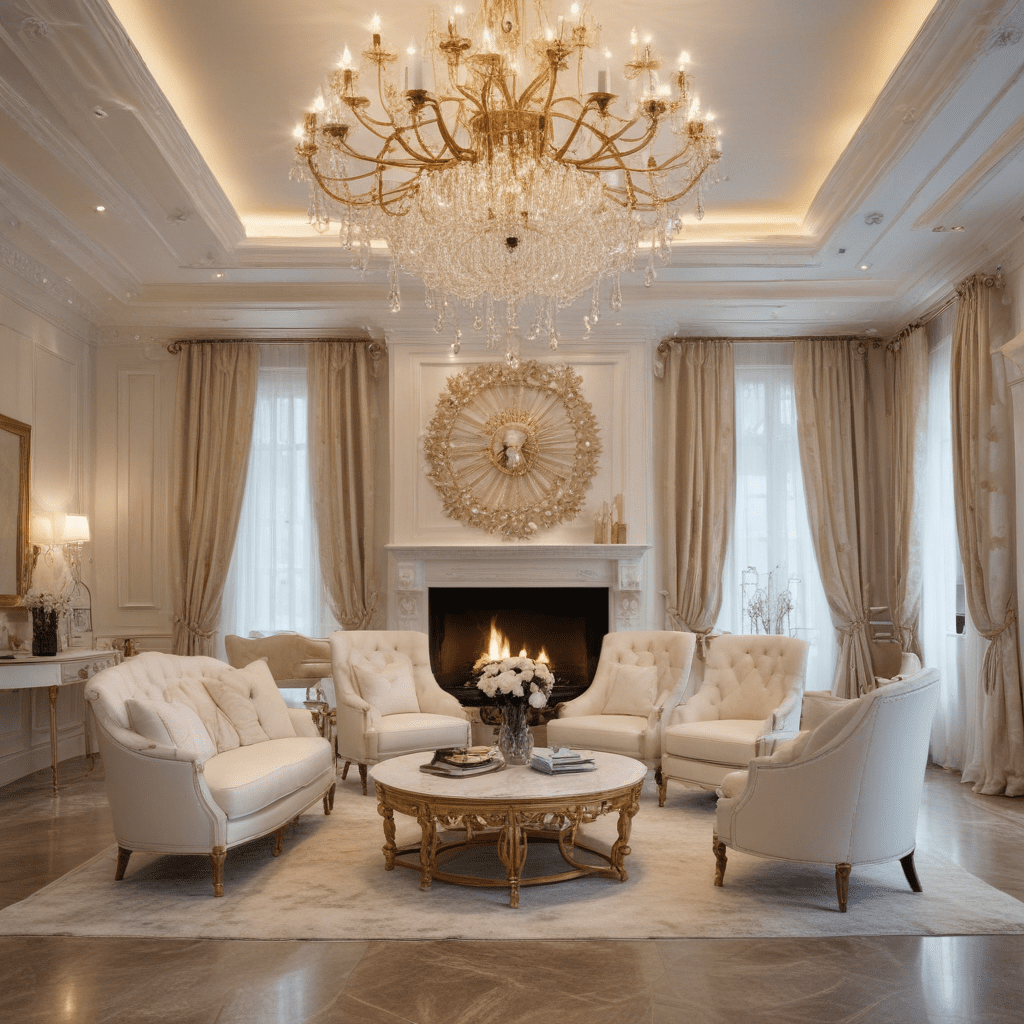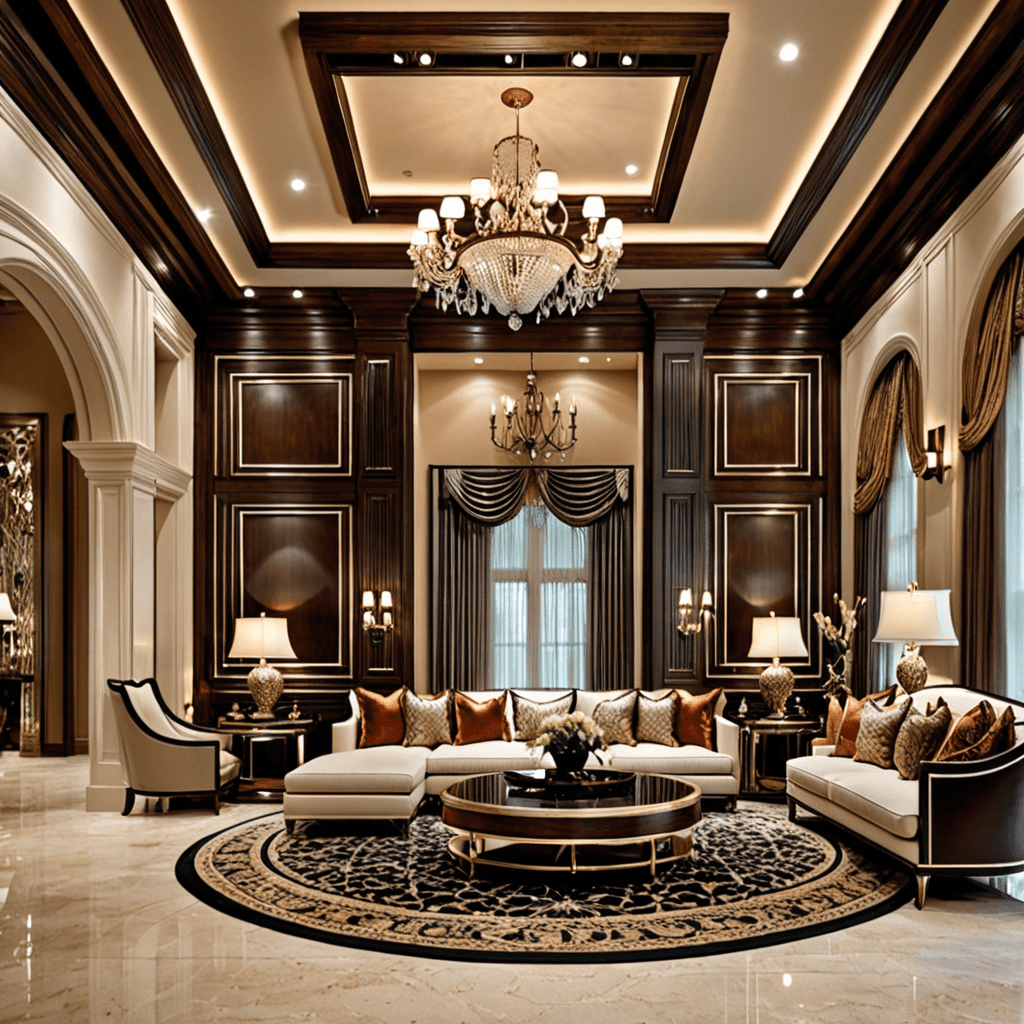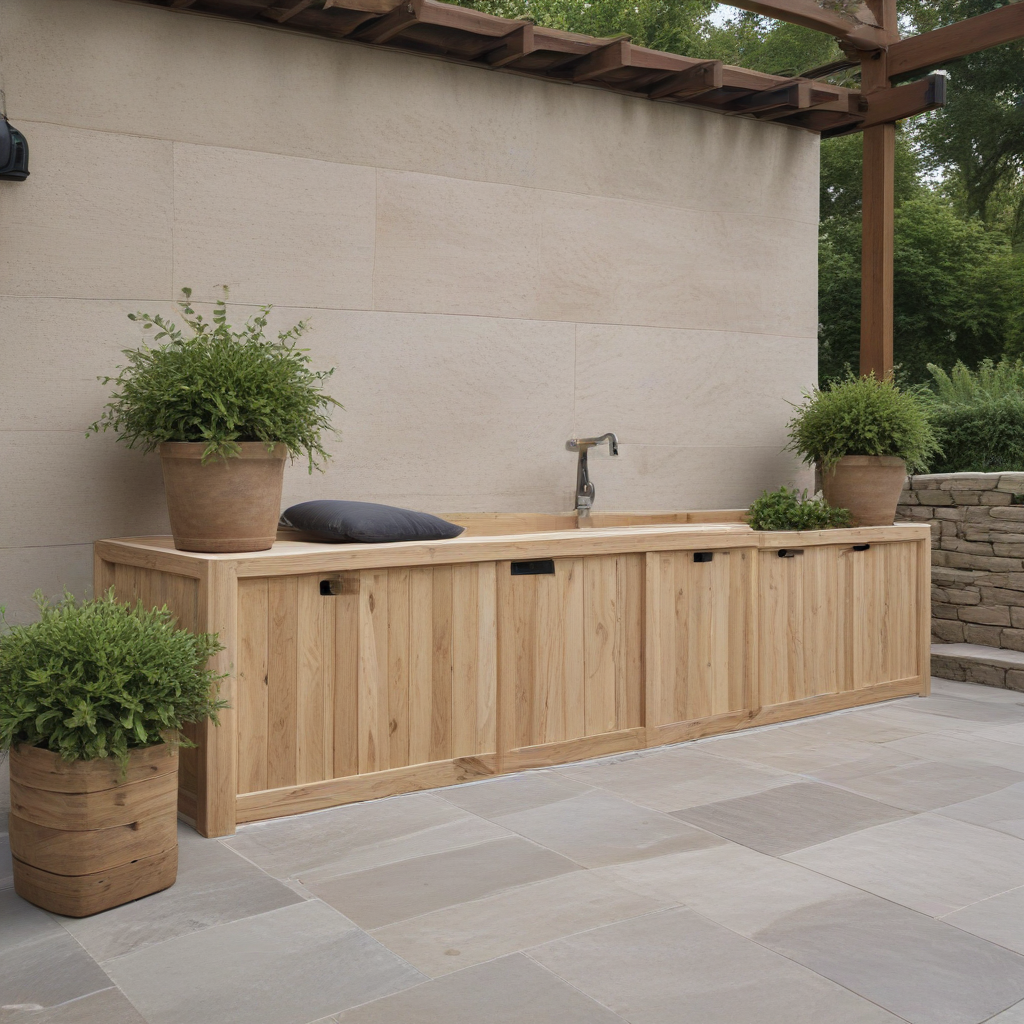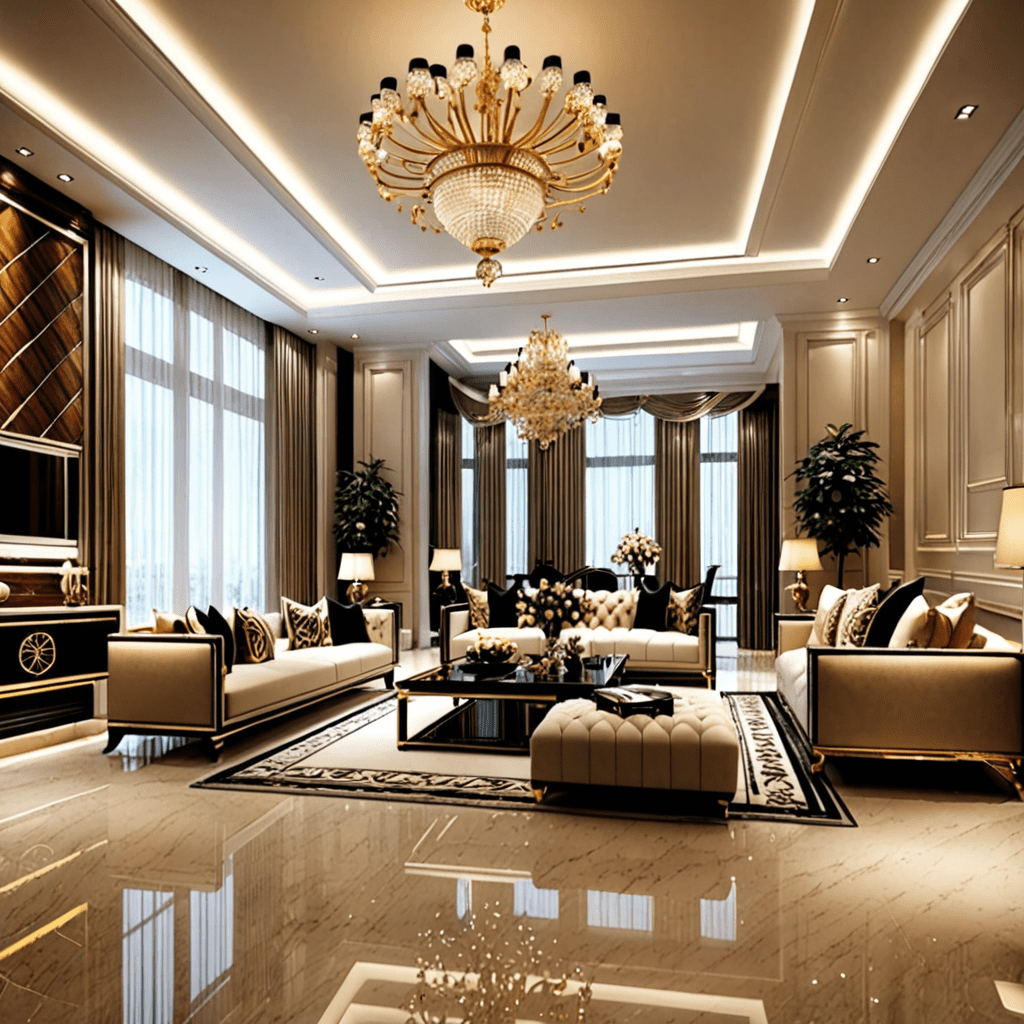Unveiling the Timeless Elegance of Roman Interior Design
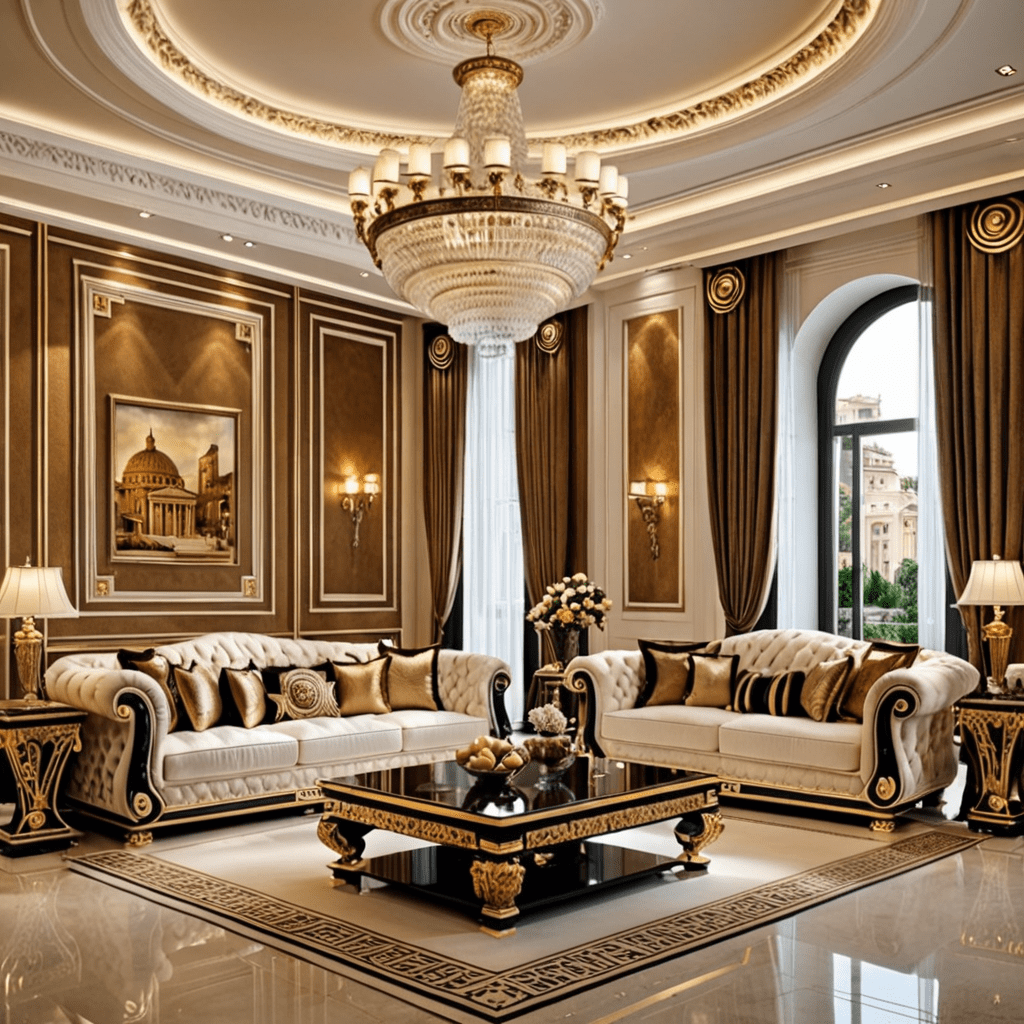

Unveiling the Timeless Elegance of Roman Interior Design
Introduction
When it comes to interior design, few styles evoke the grandeur and elegance of ancient civilizations quite like Roman interior design. Rooted in history and enriched by luxurious aesthetics, the Roman style continues to inspire and captivate homeowners and designers alike. In this blog post, we will journey through the fascinating world of Roman interior design, exploring its key features, elements, and how to incorporate them into modern homes.
A Look Back at Ancient Rome
Before delving into the specifics of Roman interior design, it’s essential to understand the historical context in which it originated. Ancient Rome, with its opulent villas, stunning mosaics, and intricate architectural details, embraced a style that reflected power, wealth, and sophistication. Drawing inspiration from Greek and Etruscan influences, Roman design evolved to encompass distinct characteristics that set it apart.
Key Features of Roman Interior Design
1. Classical Architecture: Roman interior design often features grand arches, columns, and domes, echoing the magnificence of ancient Roman structures such as the Colosseum and Pantheon. These architectural elements can be incorporated into modern homes through decorative archways, column-inspired furnishings, and vaulted ceilings.
2. Rich Materials: Luxury was a hallmark of Roman design, with the use of exquisite materials such as marble, granite, and gold. Incorporating these materials into elements such as flooring, countertops, and accent pieces adds a touch of opulence and grandeur to a Roman-inspired interior.
3. Mosaics and Frescoes: Roman interior design often showcased elaborate mosaics and frescoes depicting mythological scenes, landscapes, and intricate patterns. Incorporating mosaic tiles or wall murals can bring a touch of Roman artistry into a modern space.
4. Ornate Furnishings: Roman interior design favors furniture with ornate details, such as intricate carvings, inlaid patterns, and luxurious upholstery made from rich fabrics. Statement pieces like a Roman-style chaise lounge or an intricately carved dining table can anchor a room and add a sense of Roman luxury.
5. Warm Color Palette: Roman interior design embraces a warm color palette inspired by nature, with earthy tones such as terracotta, deep reds, rich yellows, and warm neutrals. These colors help create a cozy and inviting atmosphere that exudes Roman charm.
Creating a Roman-inspired Interior
Now that we’ve explored the key features of Roman interior design, let’s delve into how you can create a Roman-inspired interior in your own home:
1. Architectural Elements
Introduce grand arches, columns, and domes into your home’s architecture to evoke the spirit of ancient Rome. Opt for decorative archways, column-inspired room dividers, or faux domes in ceilings to add a touch of Roman opulence.
2. Elegant Materials
Incorporate luxurious materials like marble, granite, and gold accents into your space. Consider using these materials for countertops, flooring, backsplashes, or focal point features like a fireplace surround.
3. Artistic Flourishes
Add Roman-inspired art and decorative details to your interiors. Consider integrating mosaic tiles in the kitchen or bathroom, or bring in wall murals showcasing scenes from Roman mythology or landscapes.
4. Statement Furniture
Choose furniture with ornate details and luxurious upholstery to create a Roman-inspired focal point in each room. Look for chairs with carved detailing, beds with intricate headboards, or sofas with sumptuous fabrics.
5. Warm Colors
Embrace a warm color palette inspired by nature. Paint your walls in rich yellows, deep reds, or warm neutrals to create a cozy and inviting atmosphere reminiscent of Roman interiors.
Frequently Asked Questions (FAQ)
Q: Can Roman interior design be incorporated into modern homes?
A: Absolutely! Roman interior design can effortlessly blend with modern aesthetics, creating a unique and timeless fusion.
Q: What are some ways to incorporate Roman design elements on a budget?
A: Consider using faux materials like faux marble or faux gold accents to achieve the look without breaking the bank. You can also find affordable replicas or vintage pieces that capture the essence of Roman design.
Q: Are there any specific color palettes associated with Roman interior design?
A: Roman interior design often embraces warm and earthy tones, but you can adapt the color palette to your preference. Just ensure that the colors evoke a sense of warmth and elegance.
Q: Can Roman interior design complement any architectural style?
A: Yes, Roman interior design can be adapted to complement different architectural styles. Whether you have a contemporary, traditional, or eclectic home, you can incorporate Roman design elements to add a touch of classic elegance.
Q: Are there any DIY projects that can enhance a Roman-inspired interior?
A: Yes, you can create DIY mosaic art or faux frescoes to add a touch of Roman artistry to your space. Additionally, you can try your hand at crafting faux columns or decorative archways using affordable materials.
Q: Can Roman interior design be applied to specific rooms, such as the bedroom or bathroom?
A: Certainly! Roman interior design principles can be applied to any room in the house. Whether it’s a Roman-inspired bedroom with luxurious fabrics and ornate furnishings or a bathroom with mosaic-tiled walls, the possibilities are endless.
Q: Is it necessary to fully commit to the Roman interior design style, or can it be incorporated in small touches?
A: It’s completely up to you! You can fully embrace the Roman interior design style throughout your home or incorporate smaller touches, such as adding a roman-inspired mirror or incorporating Roman-inspired art pieces.
Q: How can lighting enhance a Roman-inspired interior?
A: Lighting plays a crucial role in creating the right ambiance. Opt for warm, soft lighting to enhance the warmth and coziness of a Roman-inspired interior. Consider incorporating statement chandeliers or wall sconces with an antique or classical design.
